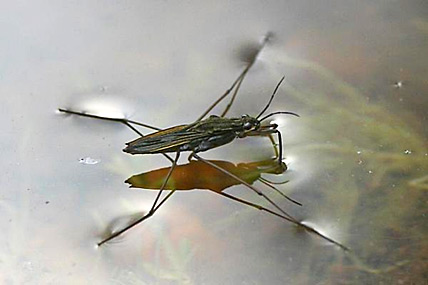This week’s experiment will show you how a submarine works using just a water bottle and a ketchup sachet.
- Take a large (2 litre) plastic bottle and fill it with water
- Test a few ketchup sachets in a bowl of water to see if they float, not all of them will have an air pocket in.
- Add an unopened sachet of ketchup to the bottle. The sachet should float, but if it doesn’t, try adding some salt to the water. Salt increases the density of water, making the sachet float better.
- Make sure the bottle is full of water to the top.
- Screw on the top very tightly and squeeze the bottle hard.
The sauce submarine will sink to the bottom. If you let go it will float back up.

You can challenge other people to get the sachet to the bottom, lots of people will try and shake it or turn it upside down!

The Science
This experiment is all to do with how things float, or the buoyancy of an object. Water pushes up on the ketchup packet with the force equal to the weight of the water that the ketchup packet pushes out the way. If the displaced water is heavier than the sachet, then it will float because it is less dense than the water.
When you squeeze the bottle you apply pressure to the liquid inside. Liquids cant be compressed (squashed) so the pressure is transmitted to the sachet. The ketchup sachet has some nitrogen gas in (to keep it fresh). The gas is compressed and the sachet sinks and therefore displaces less water and sinks. As soon as you let go the sachet expands again and floats.
Submarines use similar systems to allow them to sink and float easily.



